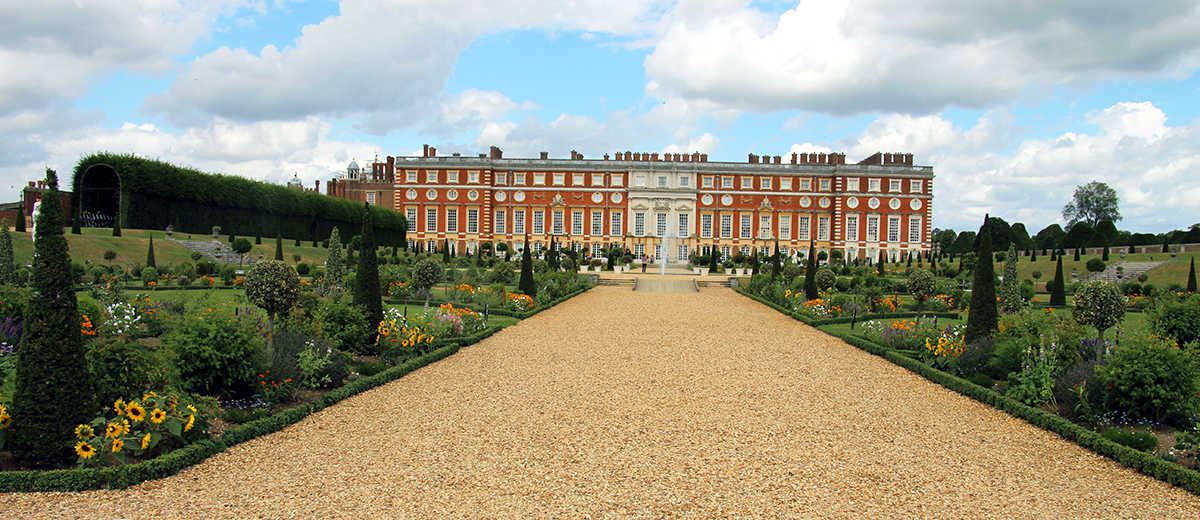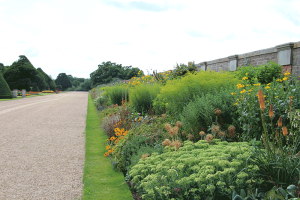Over its 500 year history this was a royal palace for over 200 years from the Tudor through the Stuart and into the Hanover period. Each successive period saw the house and gardens develop with the combination of great wealth and a need to impress. At this time the monarchy set the style and the court followed. In an ironic twist George III decision to abandon Hampton Court as a palace allowed it to slip into a state of slumber as the house became grace and favour apartments and the garden was largely ignored until the 20th century. This meant a lot of the garden from the mid-18th century could be reconstructed in the 20th century as the land was still gardens and little had been done that couldn’t be undone.
The garden is in fact now a collection of different gardens each with its own history allowing to you see a collection of different periods of garden design side by side. More than that though it does have an excellent range of plants and a magnificent Broad Walk herbaceous border which at 580 metres long shows just how effective a herbaceous border can be. Also worth mentioning is the bedding to the east of the palace and the rose garden to the east which is a modern use of that part of the garden. Both are styles of planting now sadly seen less and less due to fashion, cost and practicality.
Hampton Court




